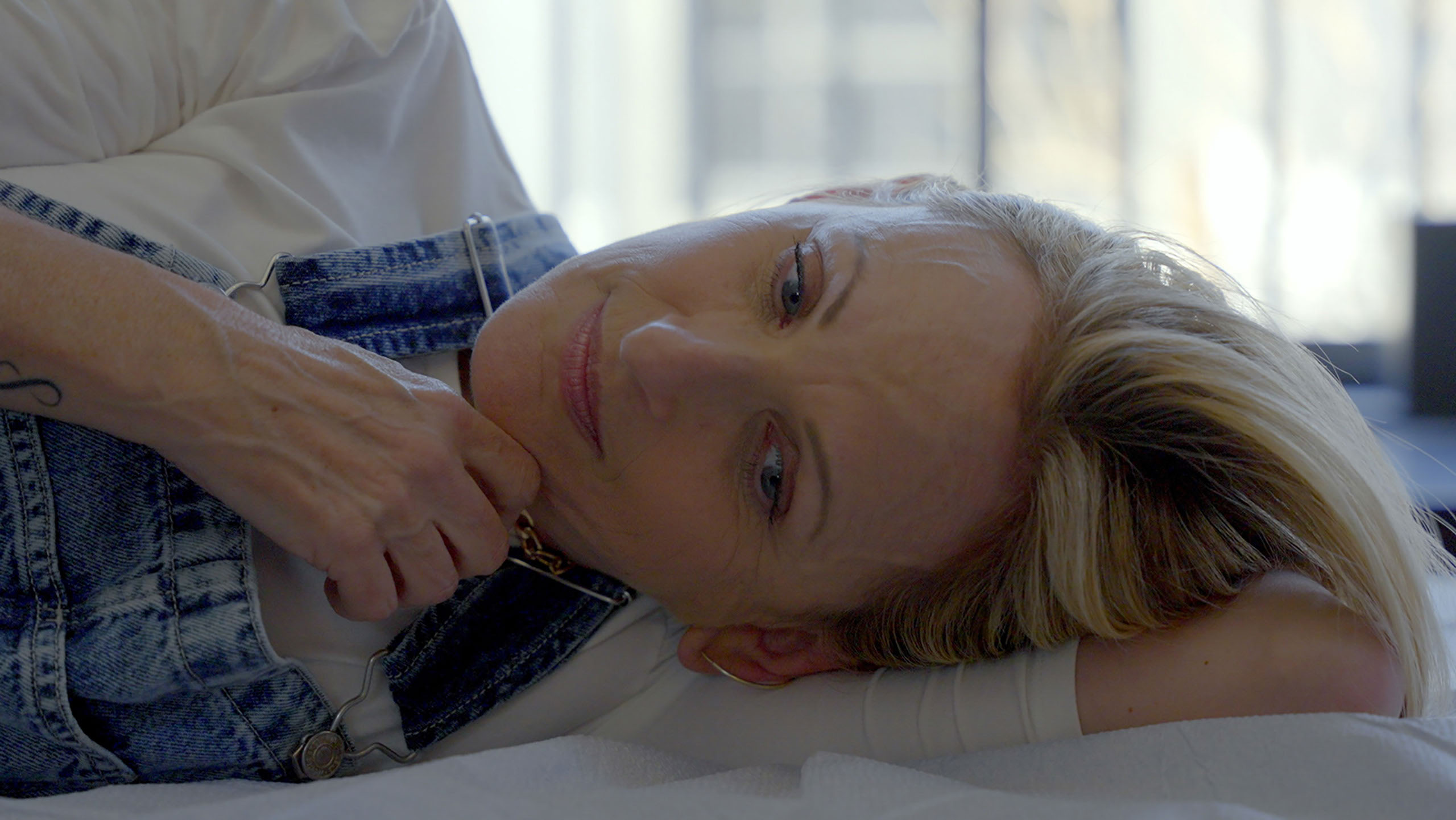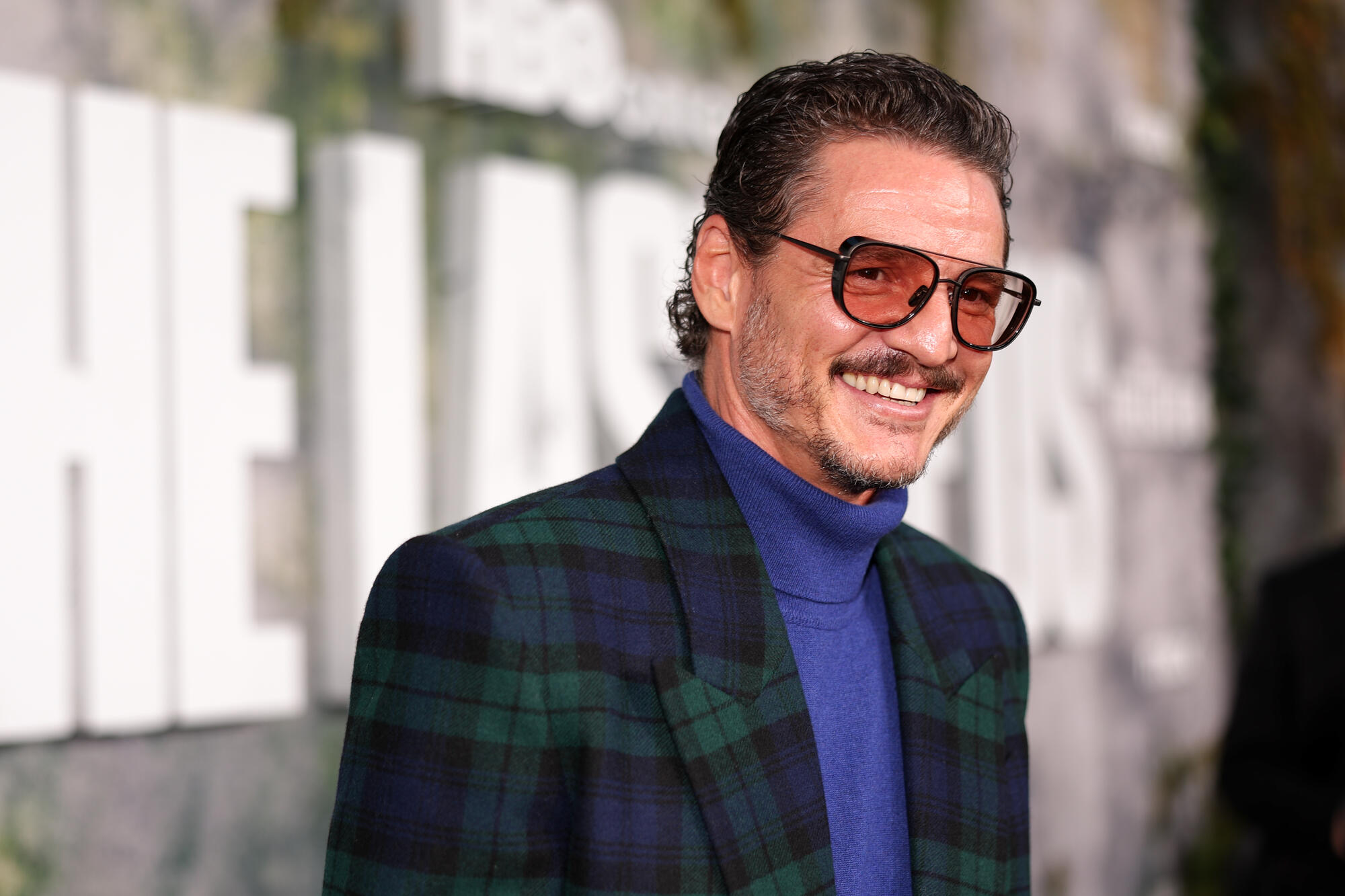What is the difference between sound and noise?
The brains of hearing people normally do a pretty good job distinguishing between the sounds we want to pay attention to and all of the less important environmental noises all around us — and when you’re on a video call and there’s a dog barking or a truck beeping as it backs up, Zoom arguably does an even better job filtering those out. But when director Shoshannah Stern got sound designer Bonnie Wild to try on her hearing aids, what was striking to Wild was that, even as everything she heard was boosted, it also became tangled together.
Stern and Wild were working on a sequence in Stern’s new documentary “Marlee Matlin: Not Alone Anymore,” which traces Matlin’s career as an actor, advocate for captions and deaf accessibility, and the many ways in which the deaf community has been able to spread a slightly better understanding to the hearing world over the course of Matlin’s public life. But before the film dove into the nuances past Matlin’s early career highlights, Stern knew that it was important for hearing audiences to understand how Matlin experiences the world.
So in a section of the film about Matlin’s family and early life growing up in an otherwise hearing family, the documentary set up a family dinner with Matlin and her two brothers and their families. It’s a simple verite scene — just five pizzas, a comfy brown couch, and a golden doodle wandering in and out of frame. But Stern and Wild adjusted the sound so that hearing audiences would experience it from as close to Matlin’s point of view as our current suite of editing filters and tools can get them.
“Noise and sound are two different things. Sound is the process where there’s understanding of meaning, [while with] noise, there’s no meaning embedded in that. So when I use hearing aids, and Marlee uses hearing aids as well, I hear most things, right? But if I were to compare if it’s sound or noise, they become jumbled,” Stern told IndieWire. “People think that [hearing aids] fix the hearing loss, but it doesn’t fix the way the brain receives that information. So the brain still can’t quite process some of the sound that it’s receiving.”
Wild’s sound design mimics this throughout the sequence — forcing hearing audiences to try to sort out everything between an auditory hum, the crinkle of a water bottle, little bits of words with mouth sounds, and everything making noise as it’s touched, scraped across the floor, or shuffled around as people move through the kitchen.

“There’s just so much work of processing the context clues and all the energy that’s embedded in that. It’s exhausting,” Stern said. “Hearing families never intend to isolate or exclude the deaf child. The system has told them, ‘Put hearing aids on them and then they will be normal and they’ll have access to everything [and], yeah, they’re going to have access to noise but not to sound yet. You can’t understand this process until you walk in their shoes to understand what that’s really like.”
Giving all audiences a visceral understanding of what it’s like to miss cues and, completely unintentionally, become isolated within a larger group conversation is an important touchstone for where “Marlee Matlin: Not Alone Anymore” goes in telling Matlin’s story, not only how her early experiences shaped her but the things she’s still striving to build in her life and career.
To accomplish that, Wild did careful surgery on the audience the documentary team shot on the day, moving syllables of words around and forcing hearing audiences to try to piece words that don’t actually sound like words together. “Bonnie was like, ‘Yeah, I think we can do that,’” Stern said. “And when I heard that dinner scene, I was like, ‘Oh my gosh, whoa. That’s exactly how I hear.’”
Adding to the audio trickery, the documentary received a grant to work with Dolby Atmos and Wild used it for the exact opposite of the kind of precise spatial audio sculpting that has been getting so much creative use in films like “Nope” and “28 Days Later.” Wild moved all of the sounds around so that they would be impossible to localize.

“Like, if I hear a siren coming while I’m driving, I don’t know where the siren is coming from, I just know that it’s happening,” Stern said. “And sometimes the hearing aids decide what is most important, so in the scene, that plastic crunching sound you hear — sometimes my hearing aid zooms in on that kind of sound and amplifies it, and the voices are kind of diminished because the hearing aid decided that’s less important. So the hearing aid then becomes controlling [of] me versus me controlling it.”
So Stern and Wild made a big mess of the sound, throwing it everywhere so it’s impossible to get a sense of diction — even the captions get in on the fun, coming in all over the frame in a very legible, but unhelpful way. The film chooses deliberate auditory chaos for the audience (and Matlin) to sort through. “It was a really cool experience working with Bonnie,” Stern said.
And it was an important piece of sound design to cement the larger point the documentary wants to pursue, about Marlee Matlin and how the hearing world processes the experiences of our deaf counterparts. “I don’t think you can fully understand her story until you understand how she experiences the world,” Stern said. “The system has been telling people like us and people all around the world what’s best for us and how we should experience the world. If it was true for her, then what do you think it’s like for every other deaf person in the world who is not an Oscar-winning actress?”
“Marlee Matlin: Not Alone Anymore” is now playing in theaters.



